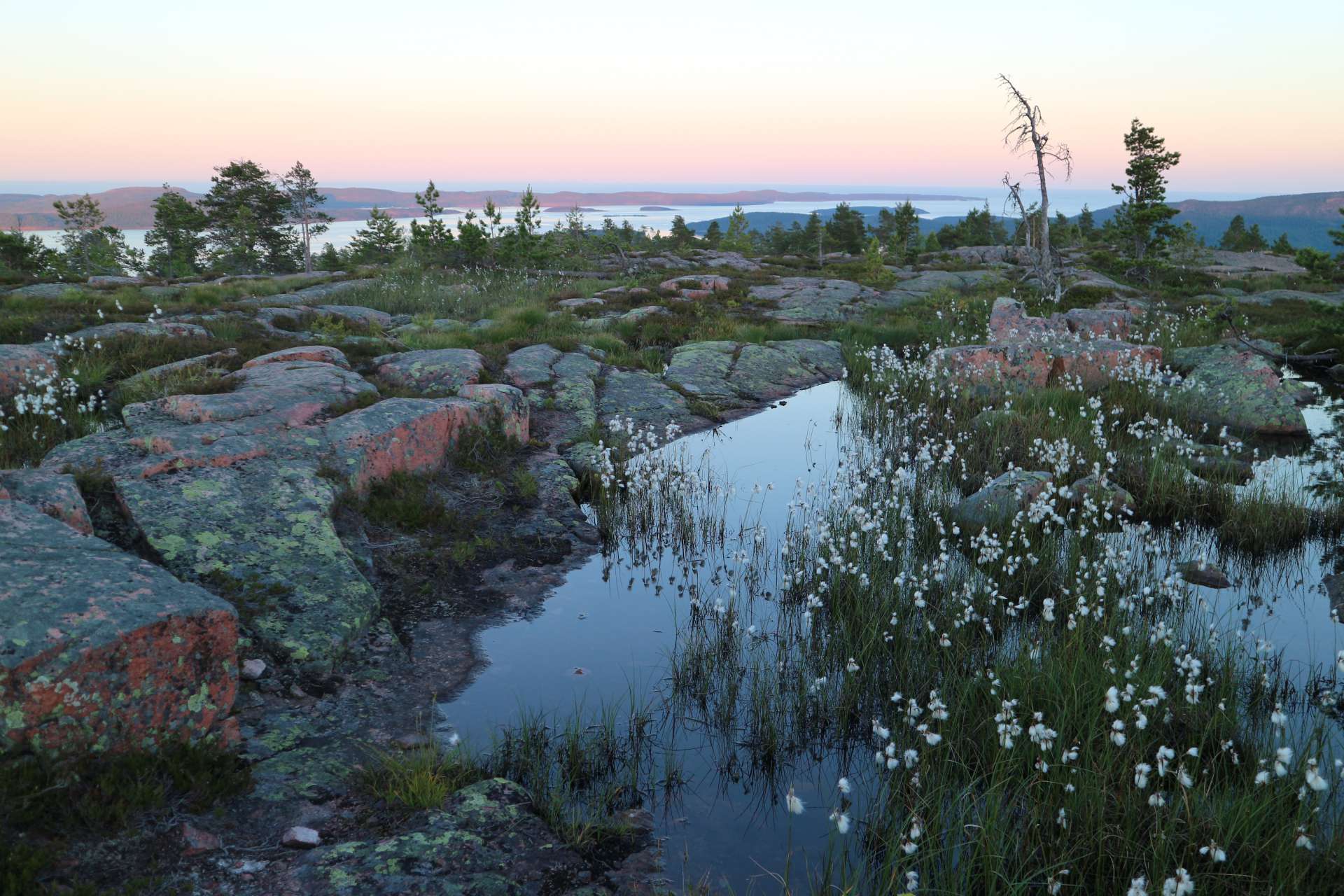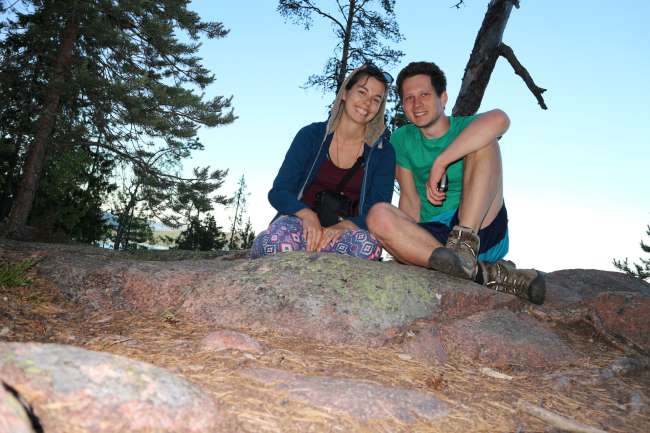
In 6 Monaten durch Europa auf 6m²
vakantio.de/fraeuleinweltenbummel
Romania: Transylvania - Transylvania
ප්රකාශිතයි: 26.09.2017
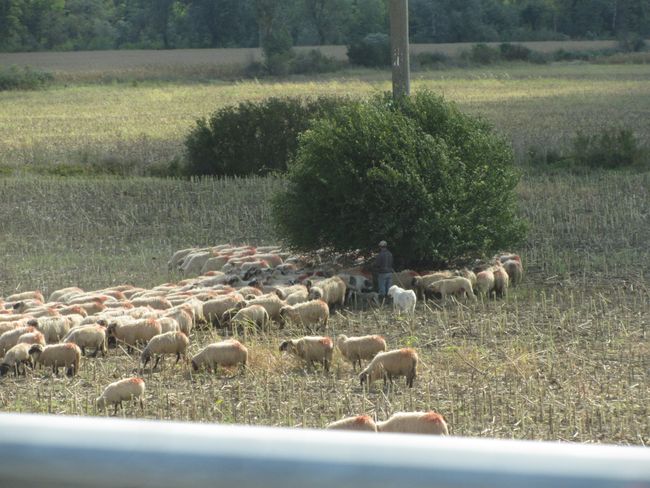
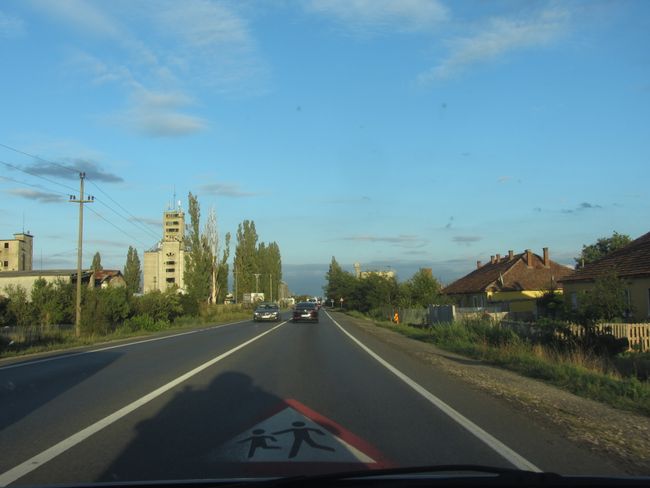
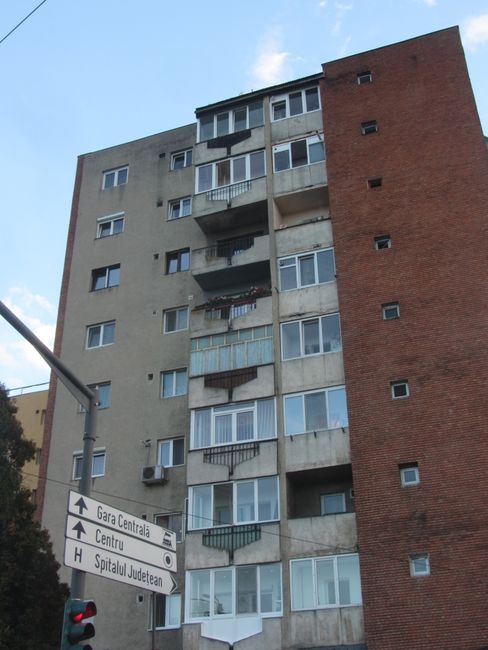
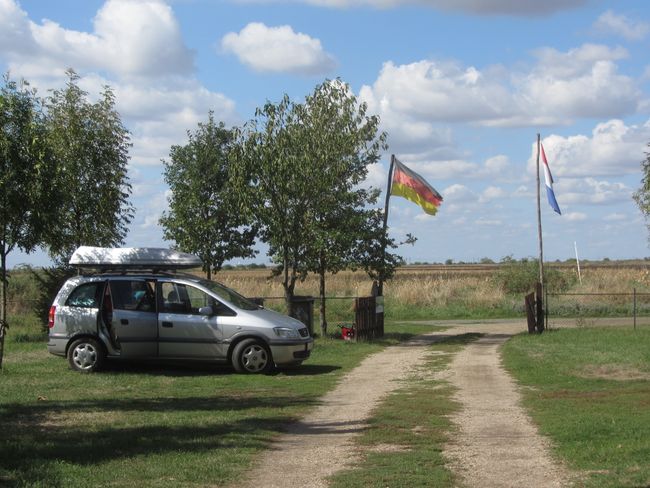
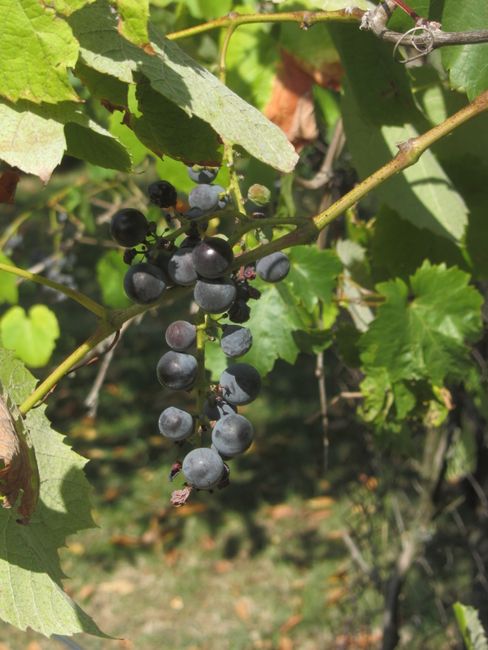
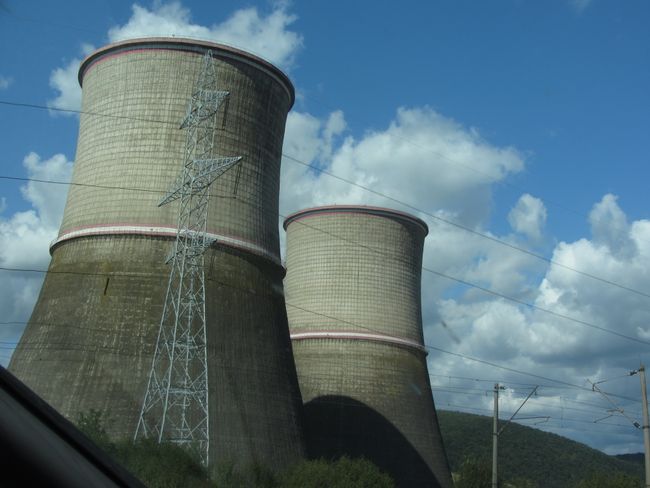
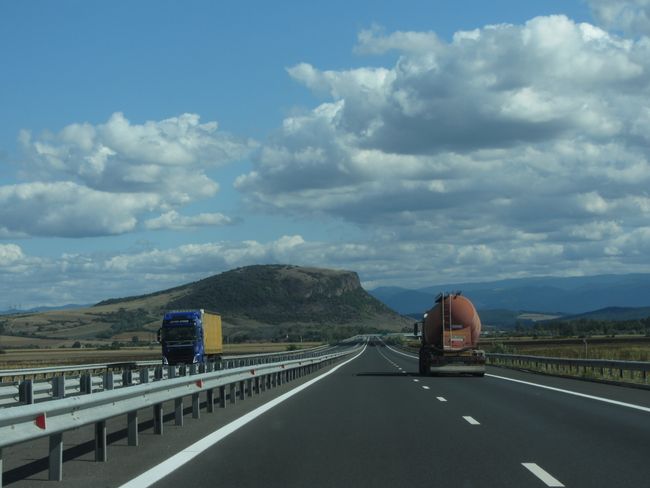
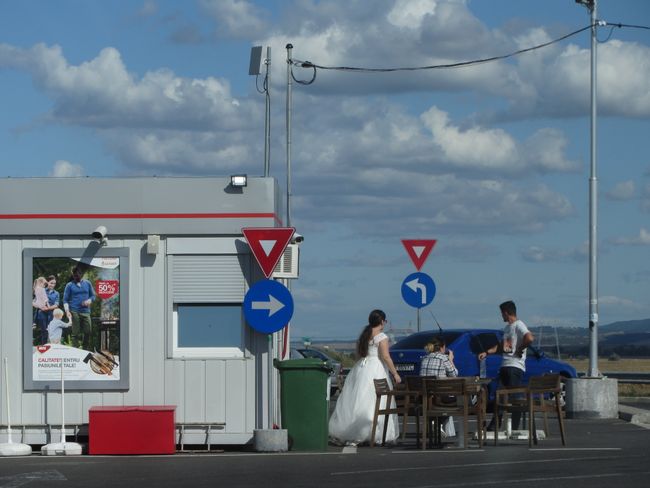
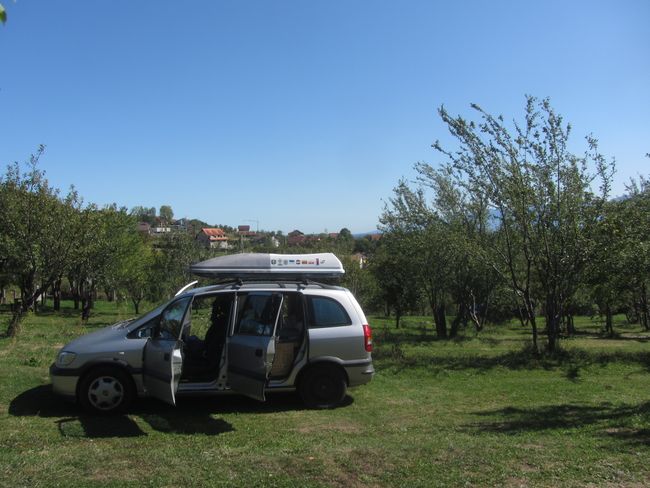
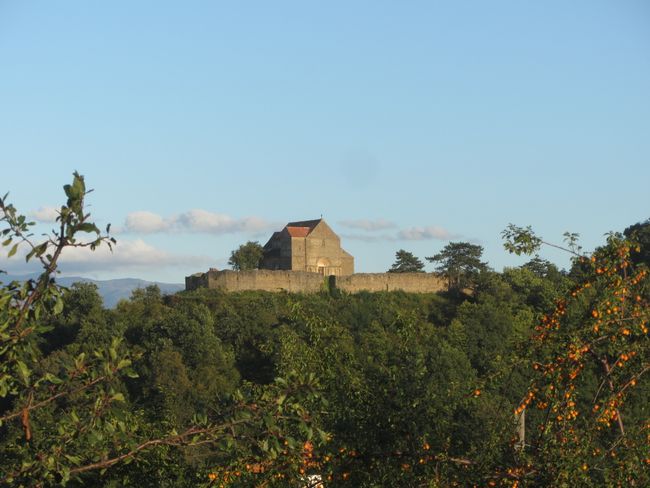
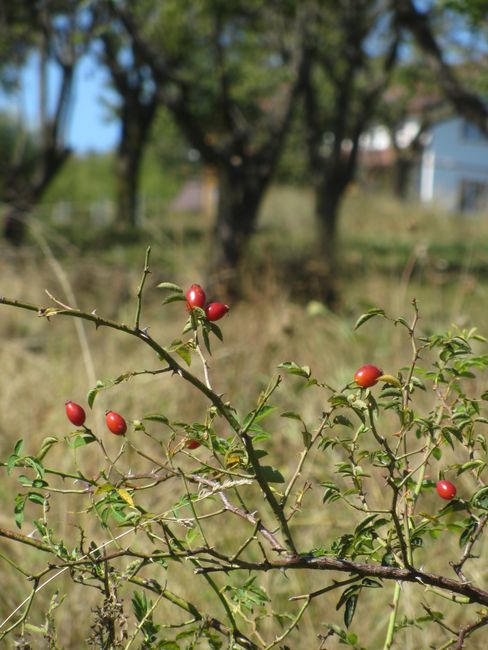
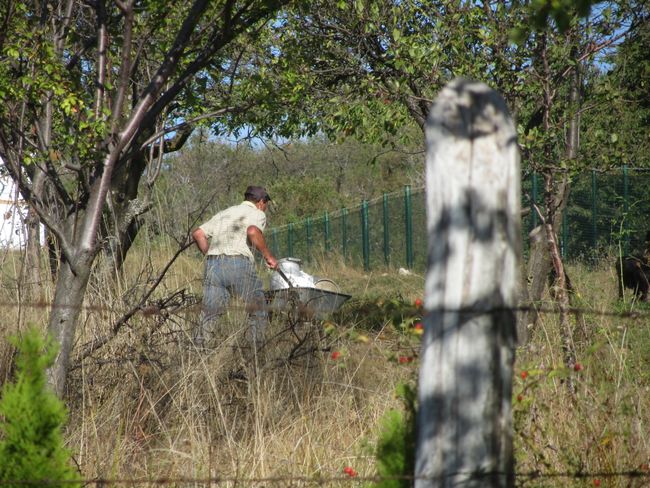
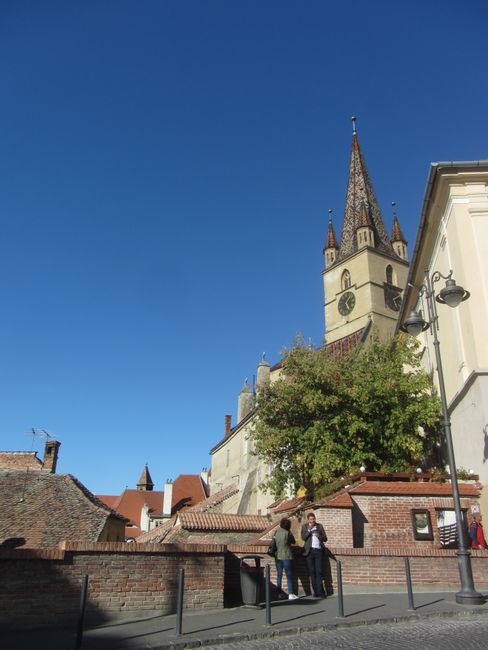
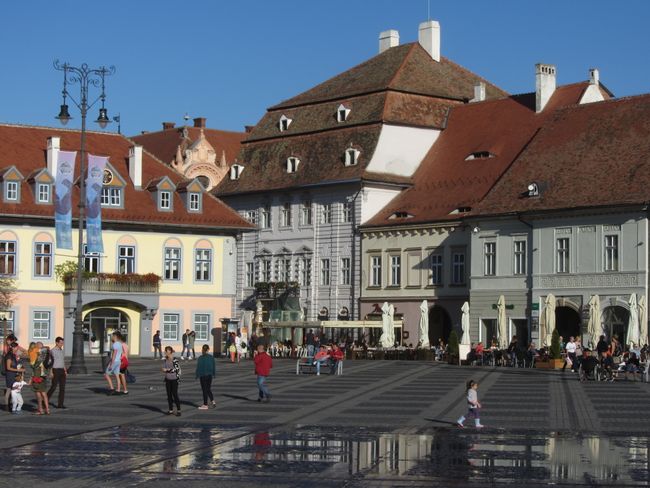
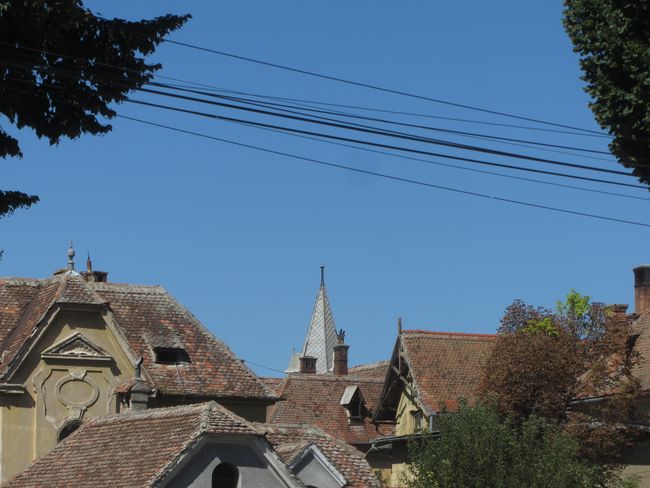
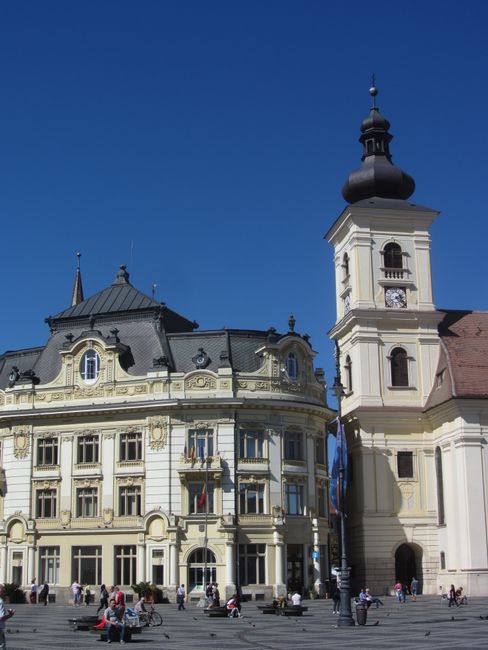
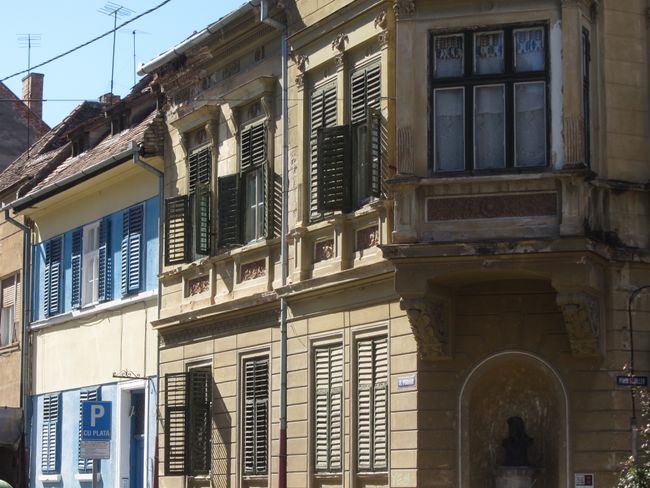
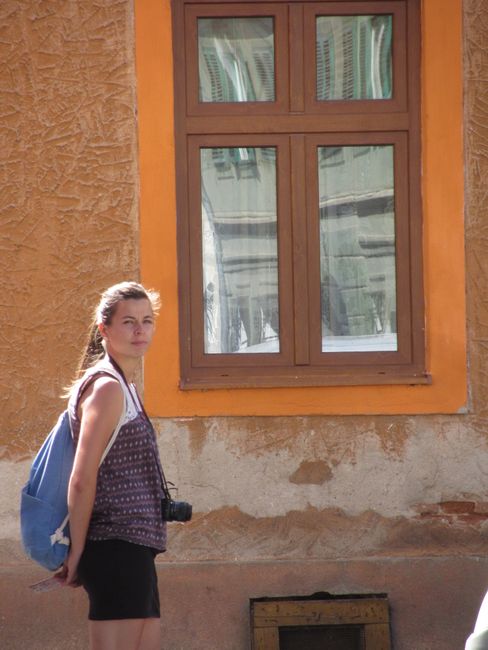
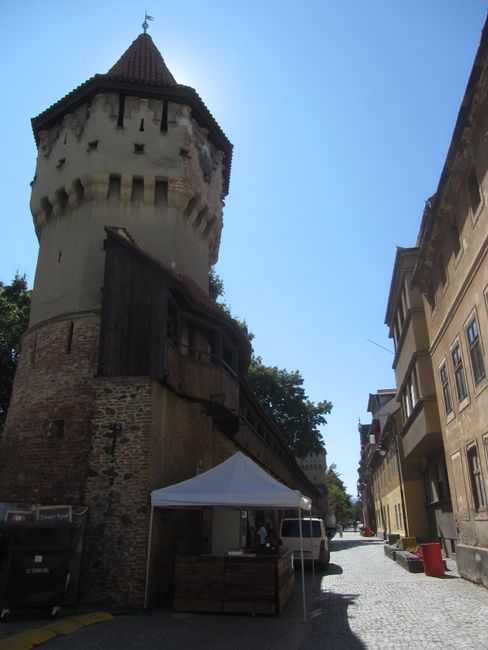
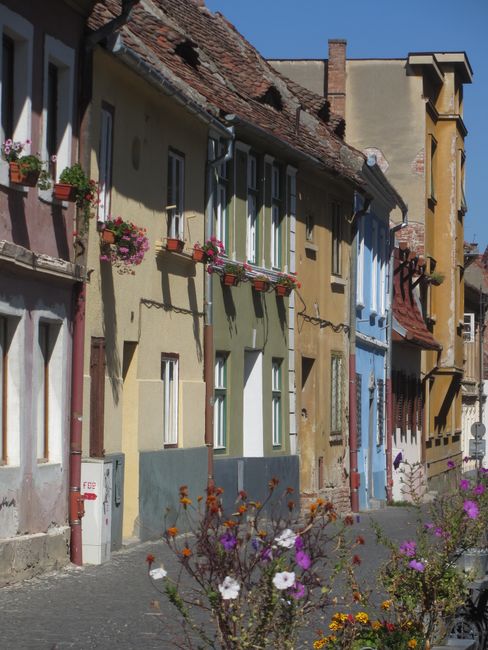
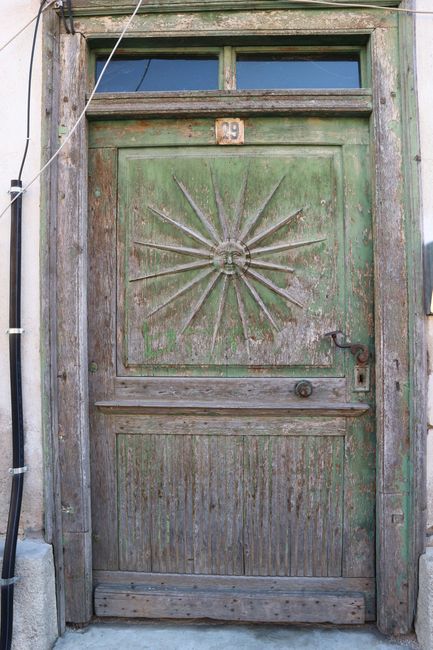
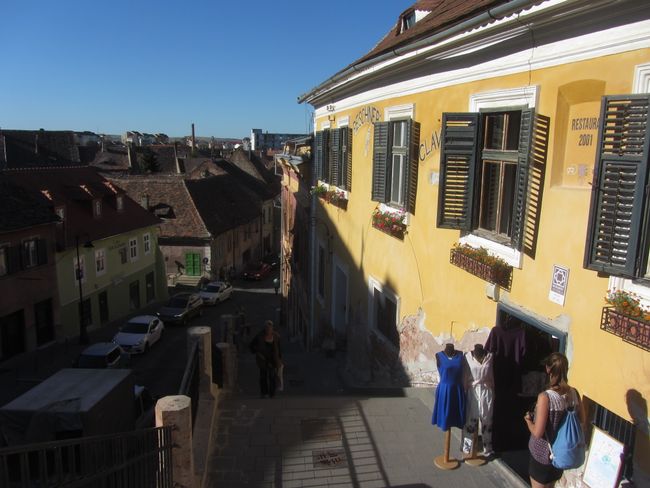
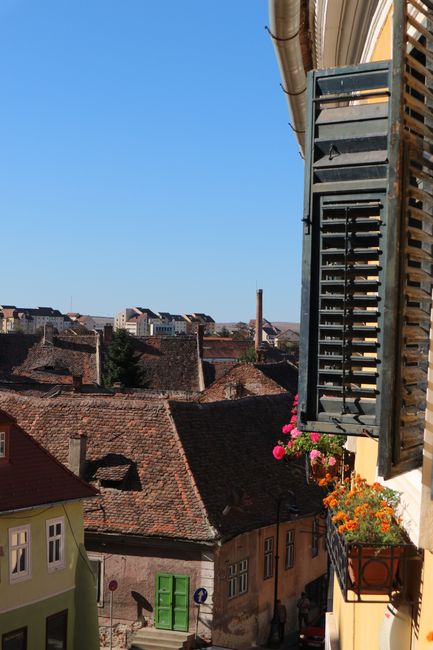
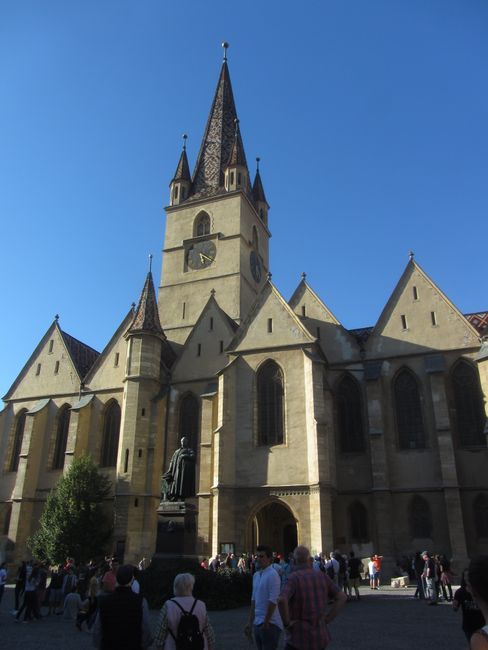
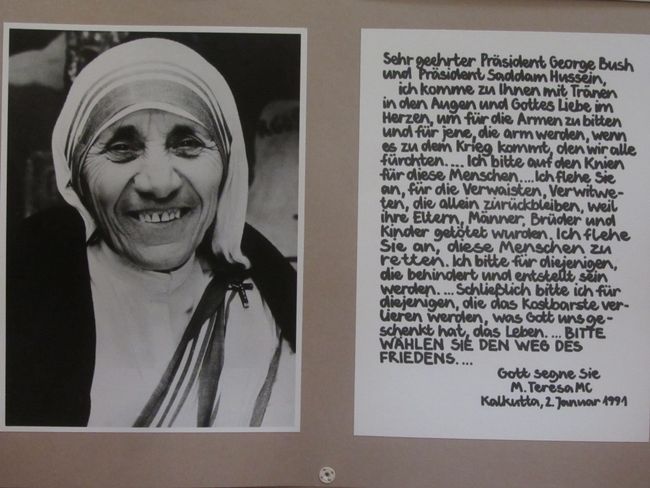
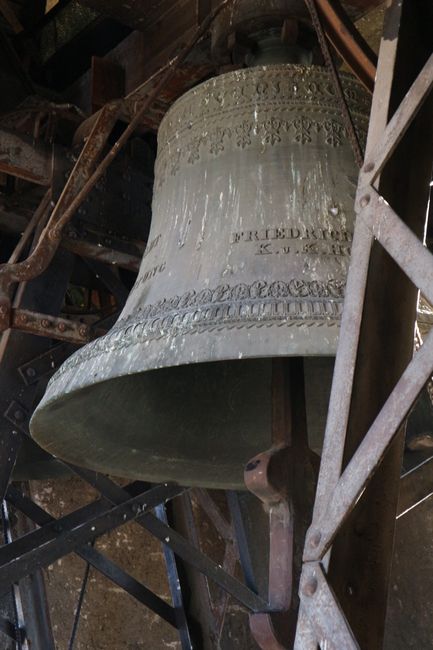
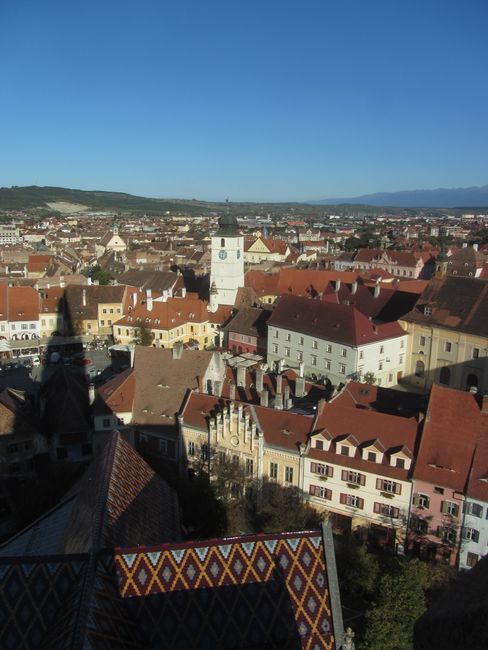
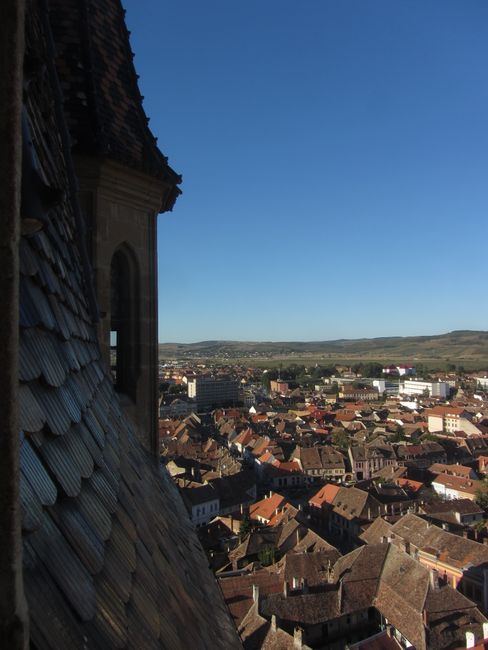
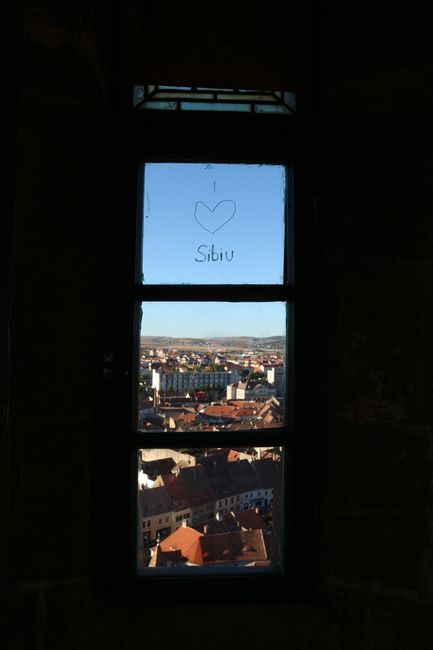
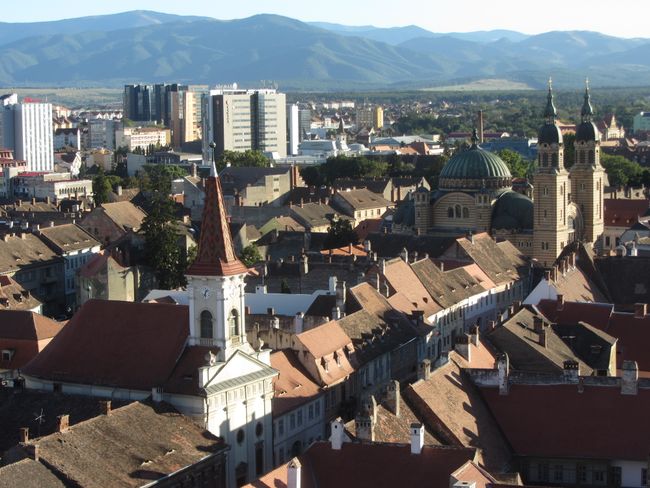
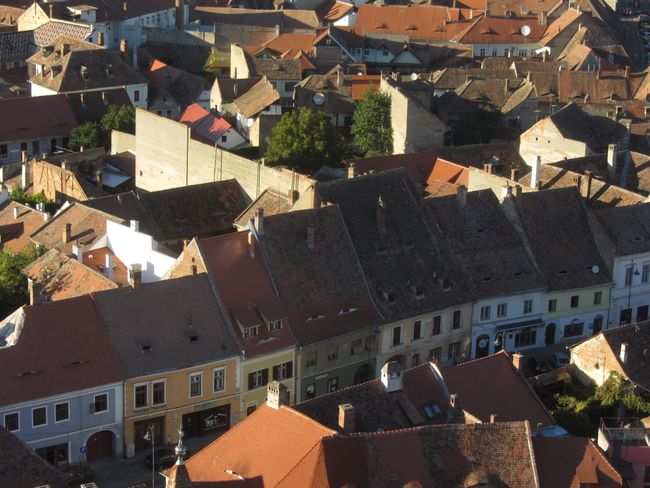
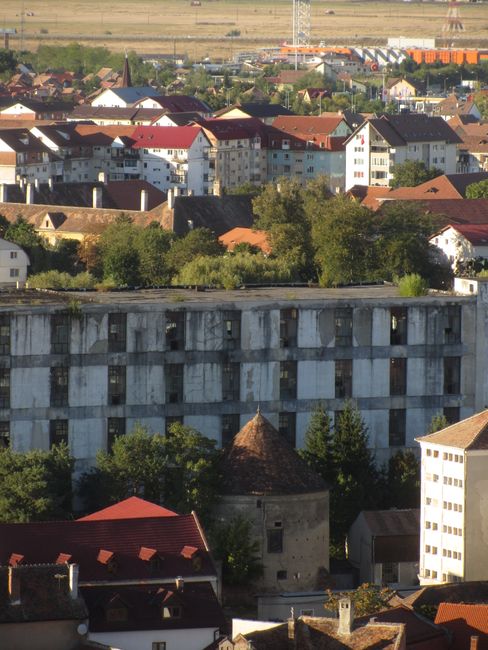
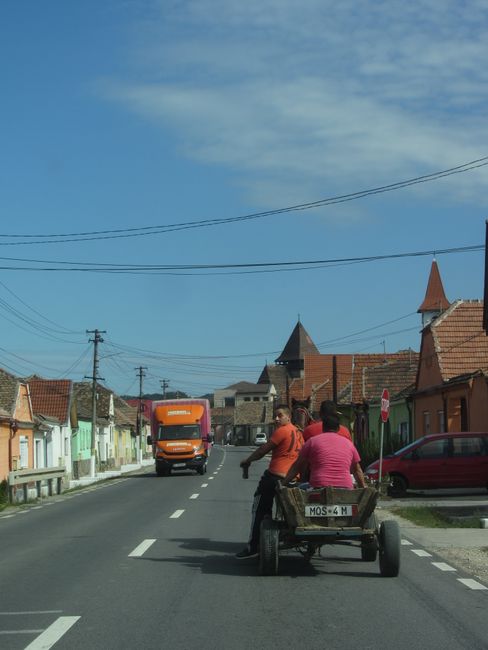
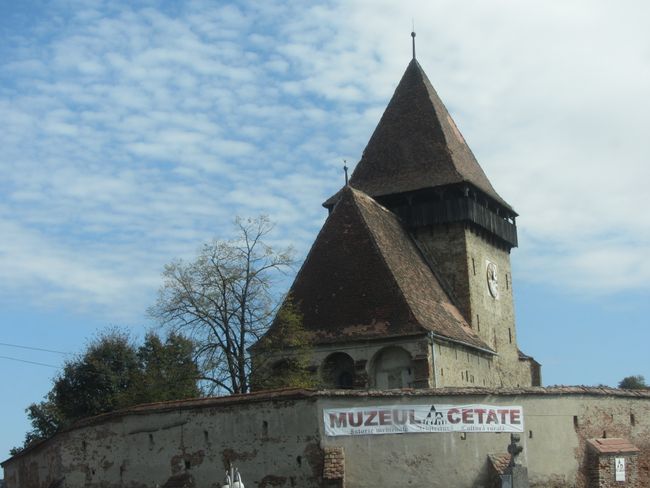
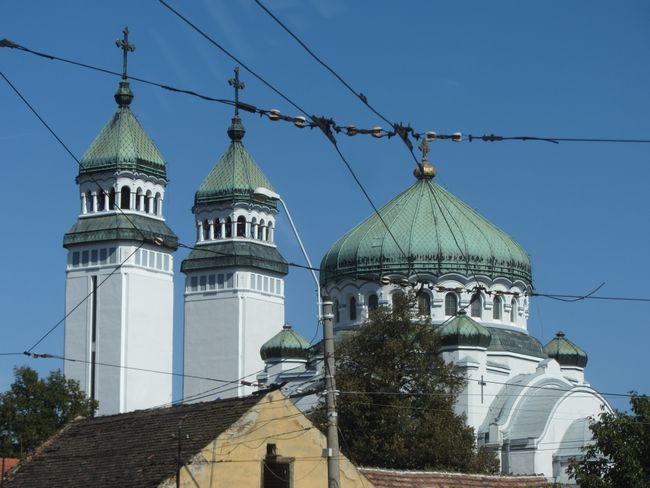
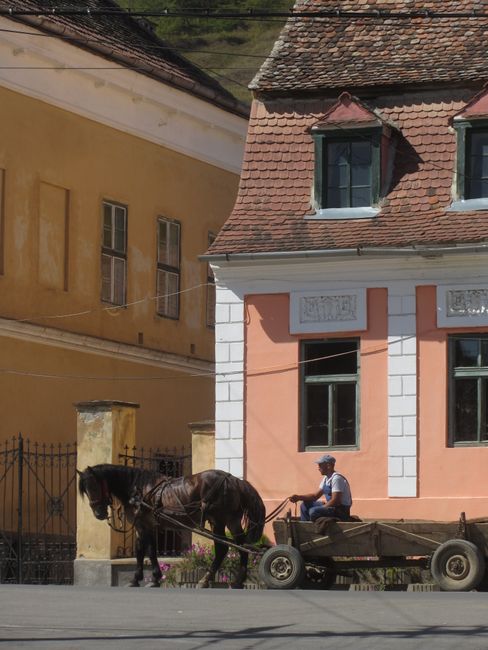
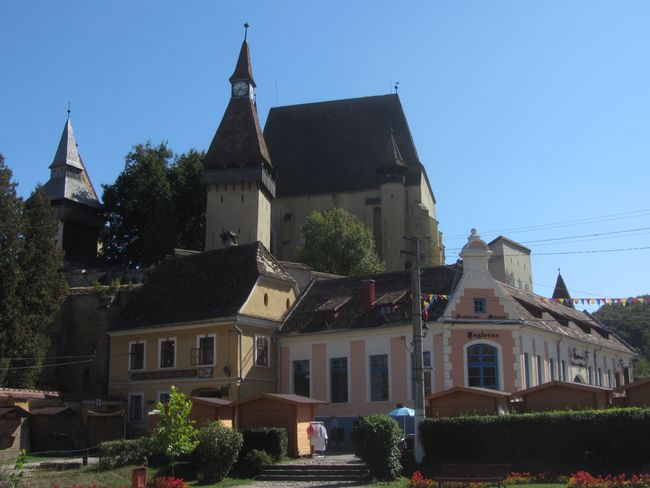
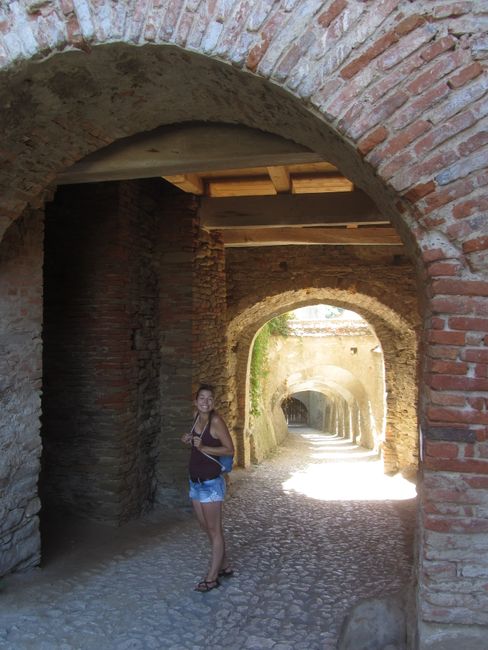
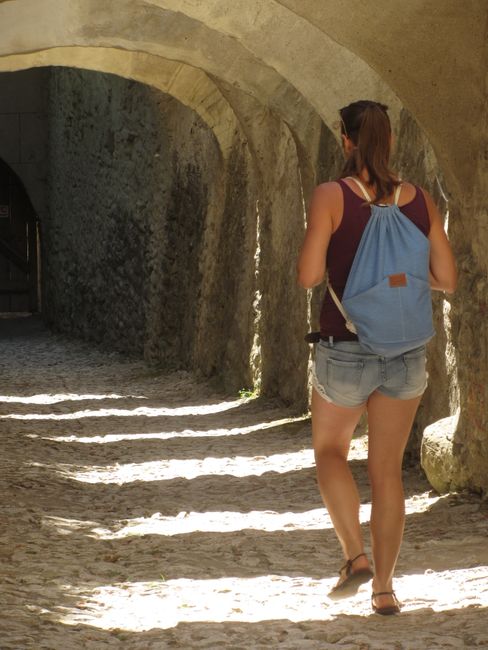
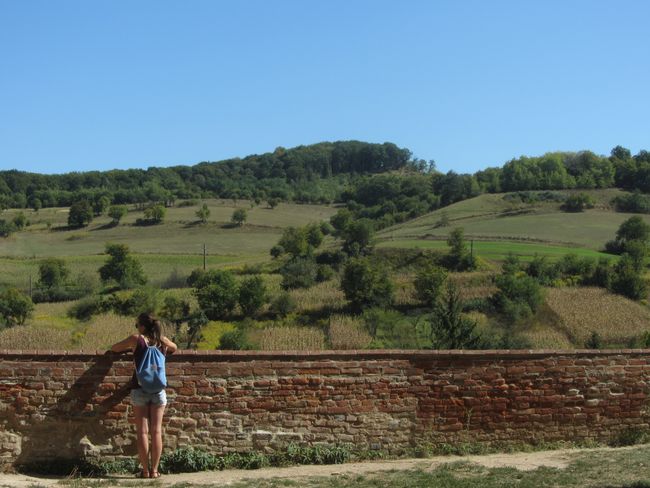
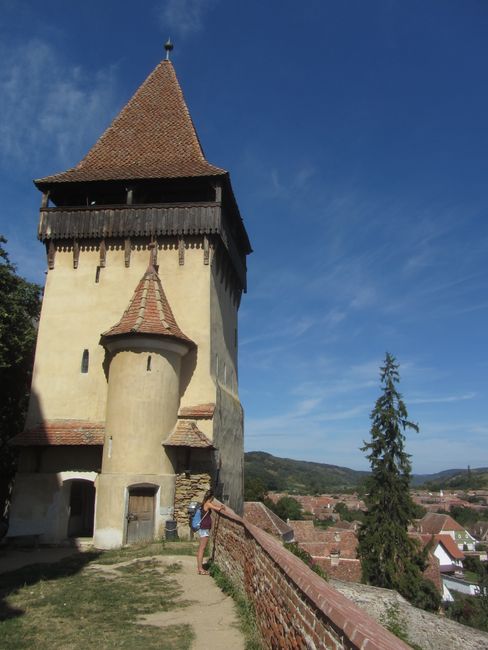
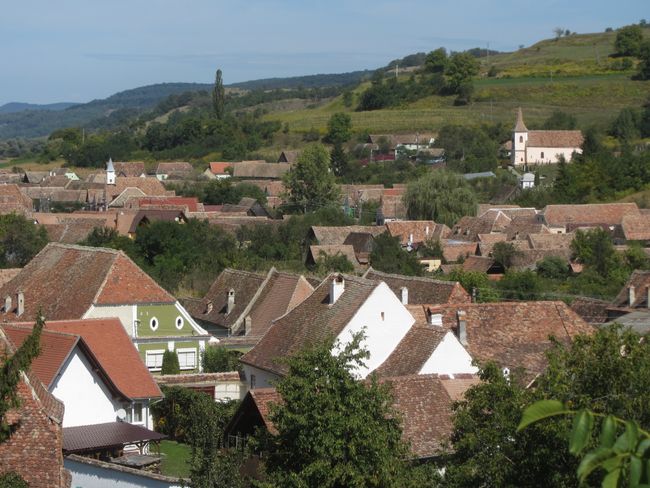
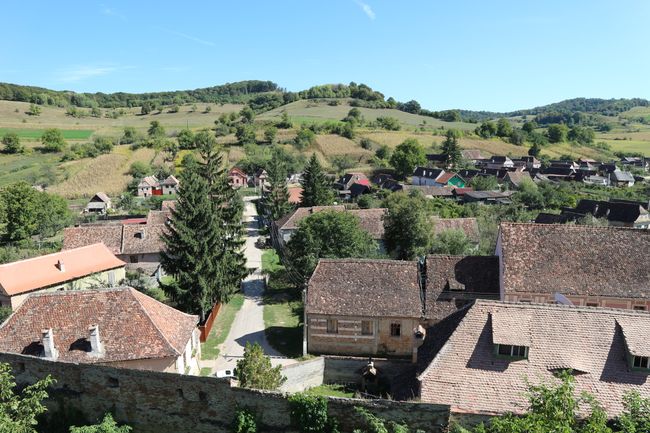
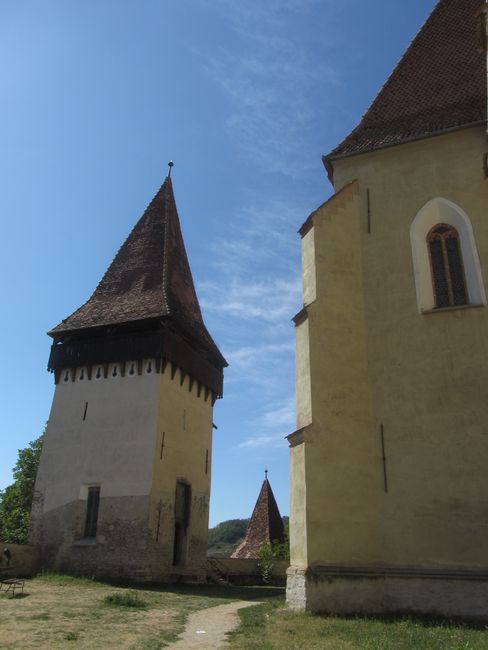
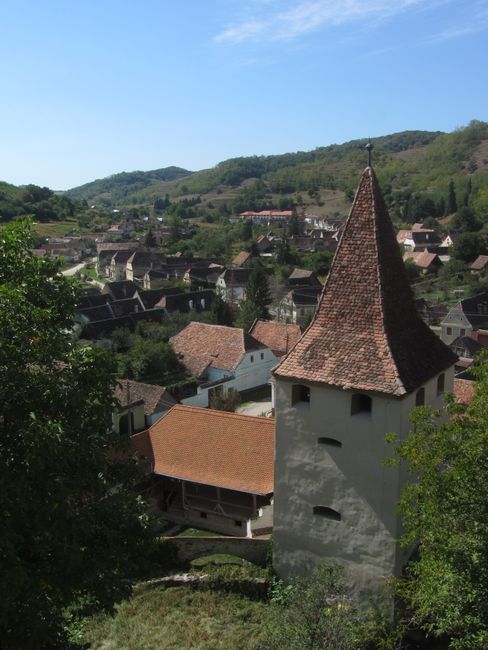
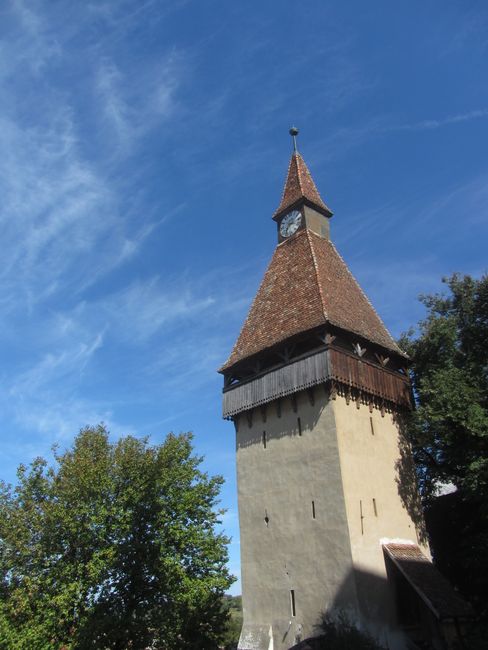
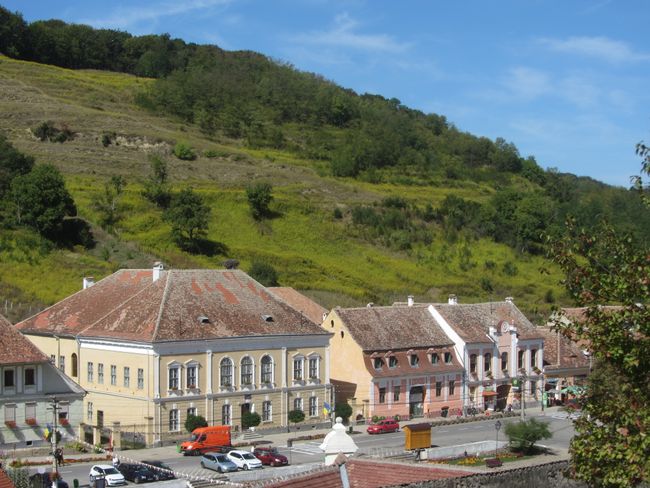
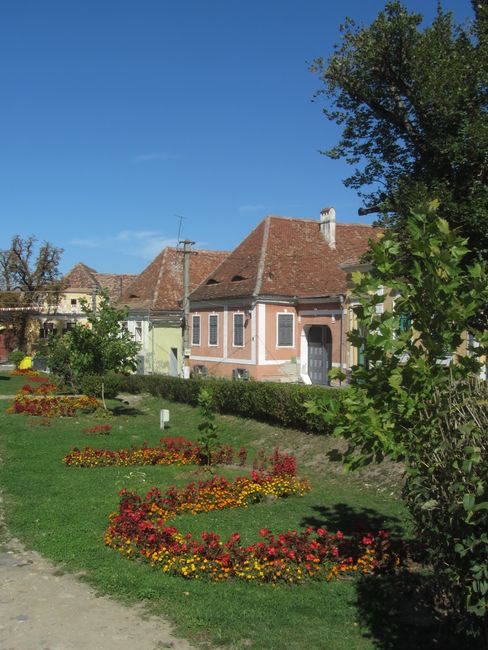
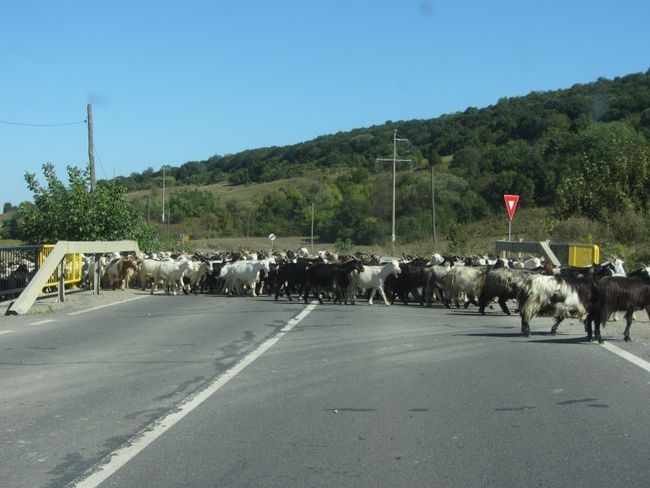
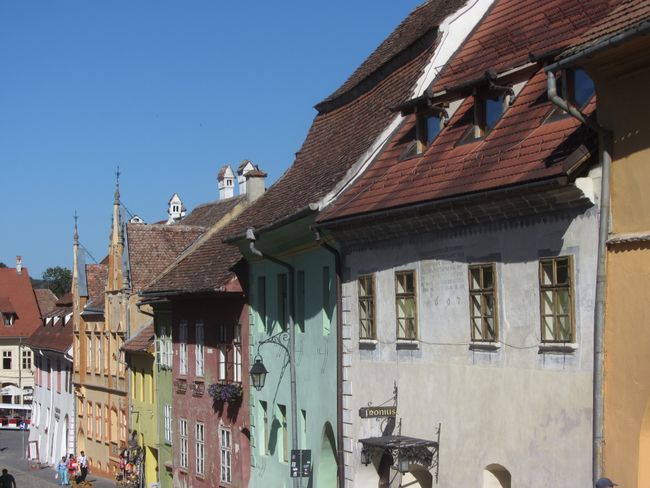
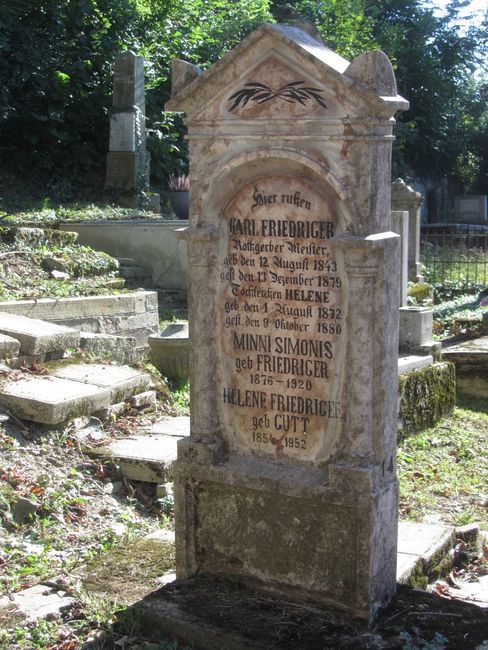
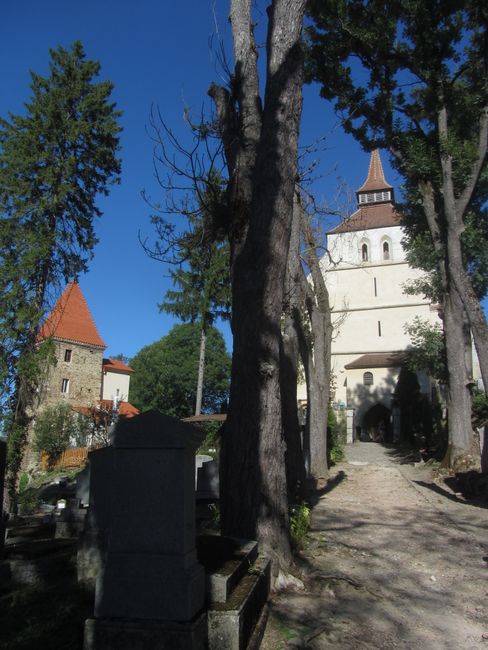
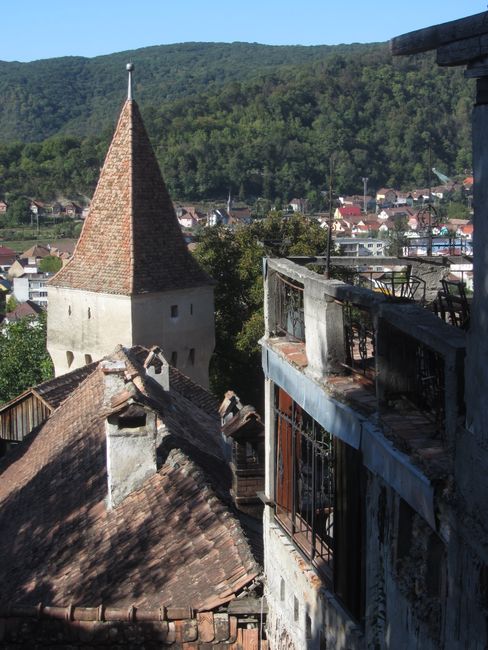
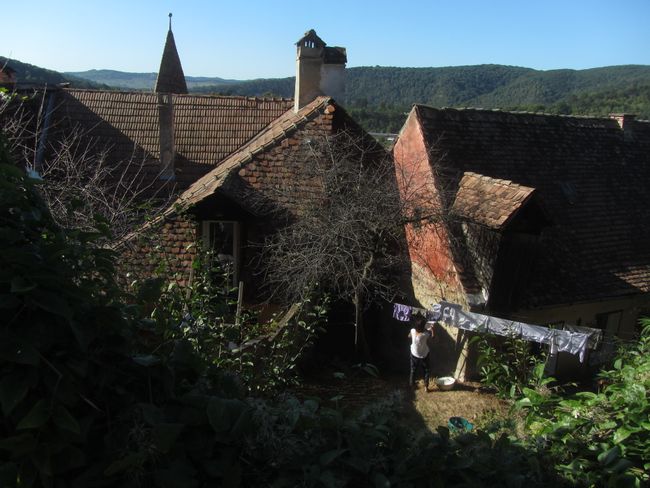
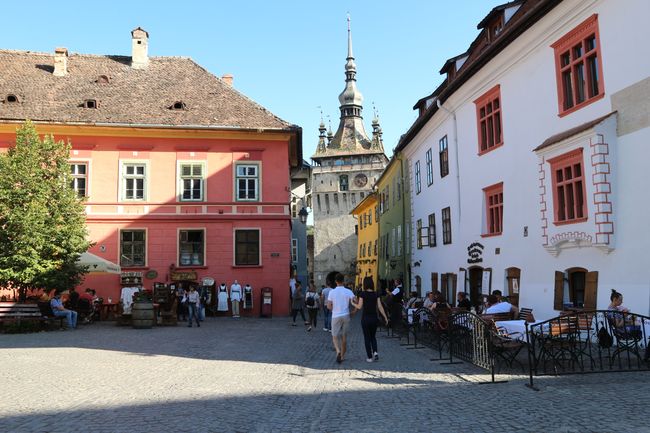
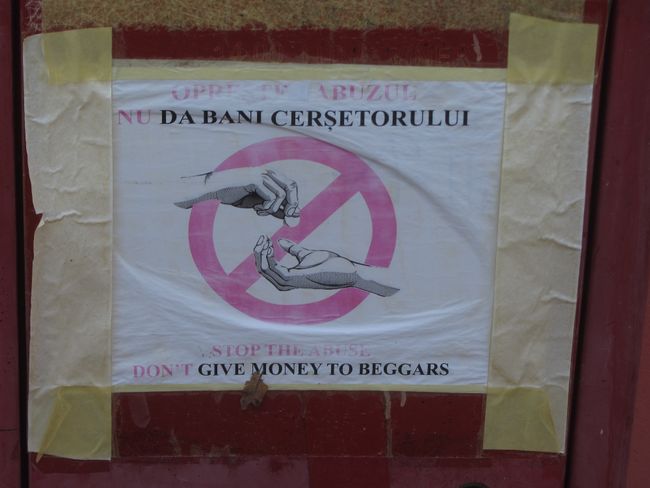
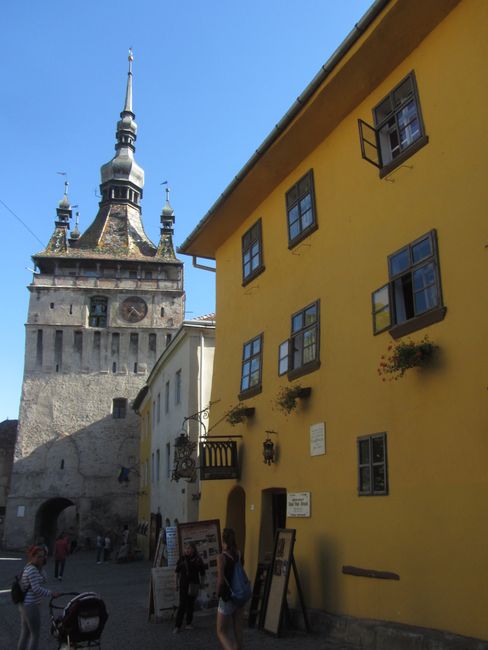
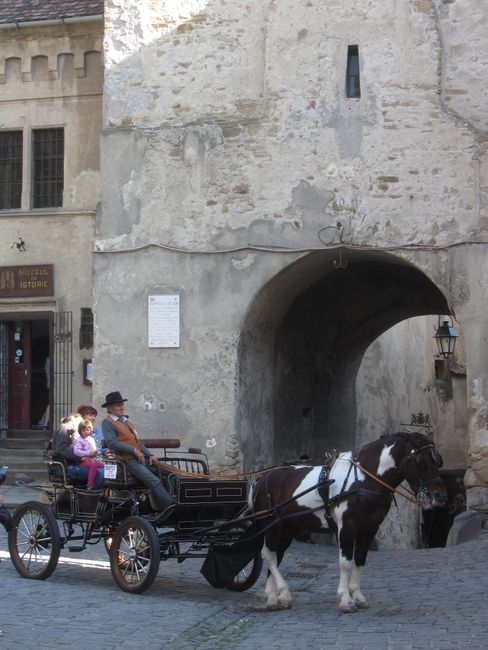
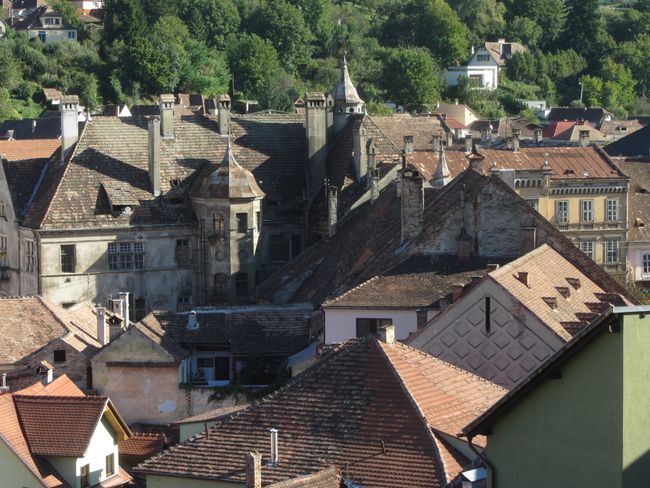
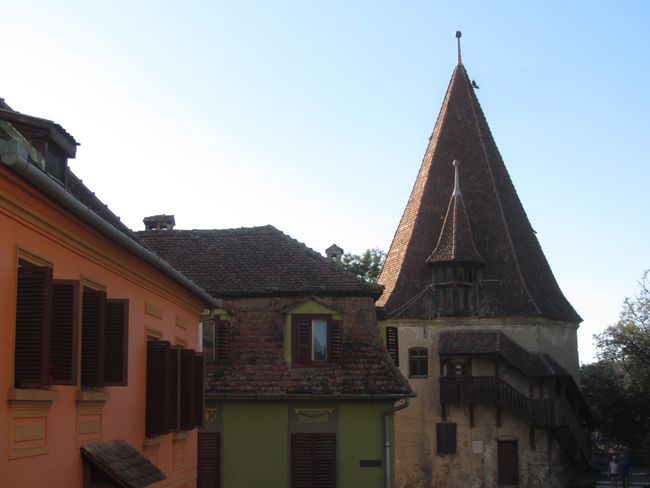
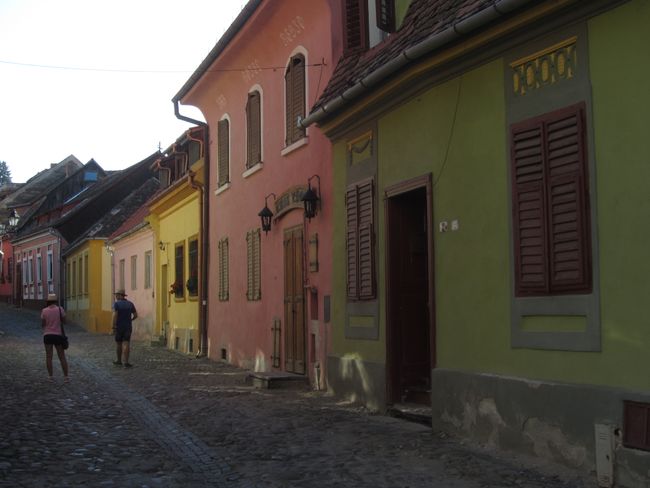
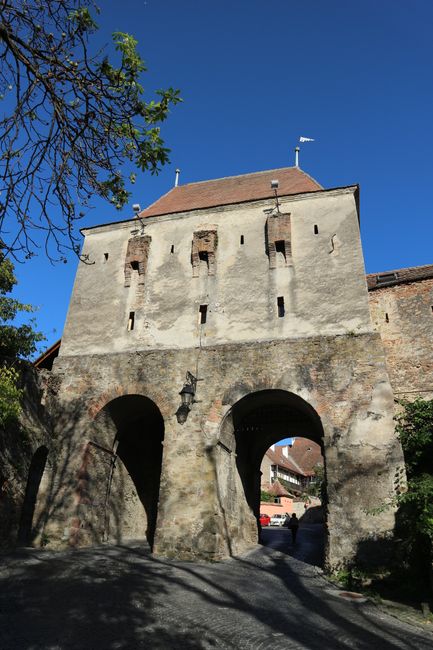
පුවත් පත්රිකාවට දායක වන්න
We then crossed the border into Arad, Romania from Hungary. The border control was the first one on our entire trip where we had to show our papers and also open the car and roof box. Romania is not in the Schengen area, as the friendly border officer explained to us in German. After a frown with raised eyebrows over our bed-cabinet construction, which also didn't look very tidy (because we often put things behind it during the journey, like food, drinks, jackets, backpacks, etc.), we were allowed to continue without any problems. And there we were: in Romania. The first impression we got in Arad was not necessarily the best, but not the worst either... with old socialist prefabricated buildings, the same tram as in Leipzig (the old Tatra trams, of course), stray dogs and a lot of traffic, mixed with capitalist advertising posters, ruins of construction sites and a great late summer evening sun.
We found our first overnight campsite nearby, where the Dutch gray nomads were hosting a (Dutch) schlager evening, which thankfully ended at 10 pm :). The next morning we continued, with the friendly campsite owner telling us that it is still a long way to the Black Sea and that the people on the Romanian roads are 'just crazy'. We would soon find out what that meant... The first kilometers on the country road clearly showed that speed limits were only guidelines... anyone driving 60 km/h in the village would be overtaken honking at 80-90 km/h (even by trucks). Regularly. On the new EU-funded motorway (the best road in a long time!), things looked a bit different... Our next stop was Sibiu, also known as Hermannstadt in Romanian. A wonderful old town, a very interesting history (settlement here began in 1147 with people from the Rhine and Moselle regions, Flanders and Wallonia), and many beautiful buildings awaited us here. Otherwise, it is worth mentioning the great fortified churches or church castles in Transylvania, which can be found in almost every village here and were used not only for religious practice but also for defense purposes. Some of them are also UNESCO World Heritage sites, and we visited the church castle in Biertan, among others. After that, we continued to Sighișoara, the place where Count Dracula (yes, he really existed!) was born and where there was also a great tower to see.
All in all, we can only say that there are really many picturesque little villages in Transylvania, where corn or other vegetables are growing in the front yard, where grandmothers and grandfathers sit on benches in front of their houses and watch the village street (and also wave friendly when greeted), where you can smell burnt plastic every evening because there is no garbage collection, and where many Roma people drive in their horse-drawn carriages on the country roads. We had no problems at all, even with wild camping. Well... except maybe with the garbage that is often dumped behind the village into nature and rivers, that broke my heart many times and I wonder: Why on earth doesn't the EU introduce a uniform deposit system for plastic bottles and ban plastic bags? Here in Eastern Europe and especially in Romania, environmental awareness seems not to have arrived in politics and among the people yet, probably because they are busy with other things... The average wage is just under 390 euros (Dec. 2013) per month, and food prices are comparatively not much cheaper than in Germany...
PS: If anyone has noticed it annoyingly while looking at the photos: my (FloH) camera has dust particles in the lens, which is why unfortunately there is a shadow seahorse on many pictures. I am of course very pleased with constructive feedback.
පුවත් පත්රිකාවට දායක වන්න
පිළිතුර (1)
Wolfgang
Schöne, inspirierende Bilder und ein Reisebericht, der meine ohnehin seit längerer Zeit in mir schwelende Lust auf Siebenbürgen nur verstärkt...- Für den September 2020 hätte ich eine knapp dreiwöchige Tour durch Siebenbürgen geplant gehabt, die ich aufgrund der Covid-19-Problematik nun aber auf 2021 (?) verschieben musste. Wenn das Reiseherz damit auch blutet; die Vorfreude jedenfalls wird damit noch mehr angefacht...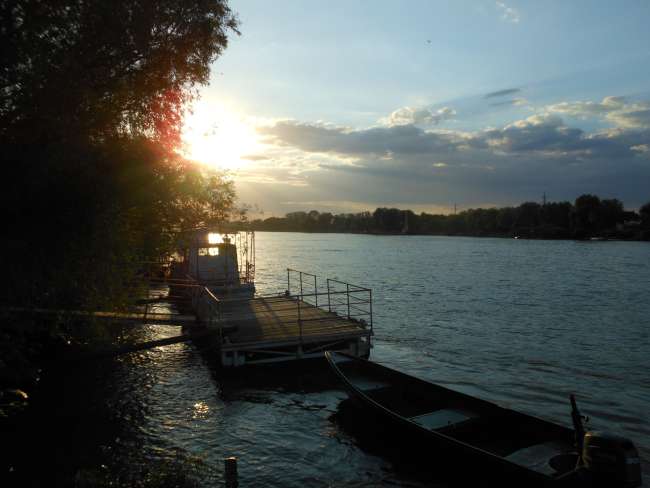
සංචාරක වාර්තා රුමේනියාව
